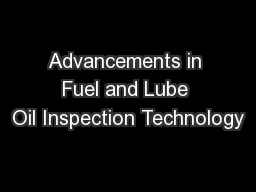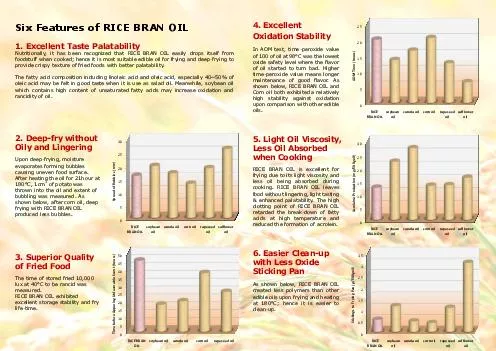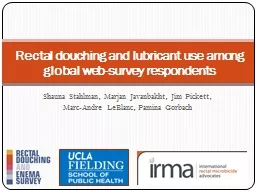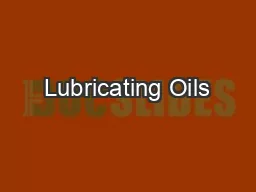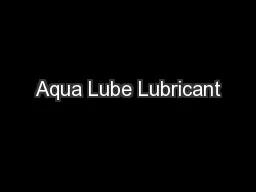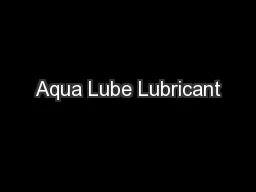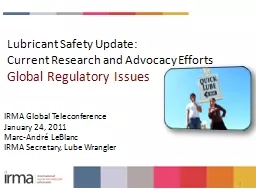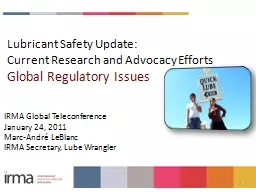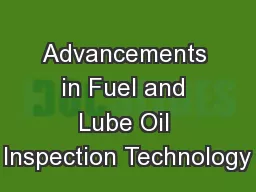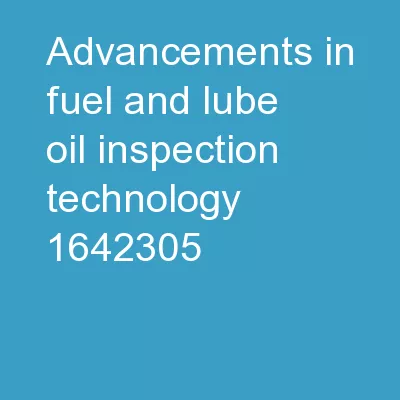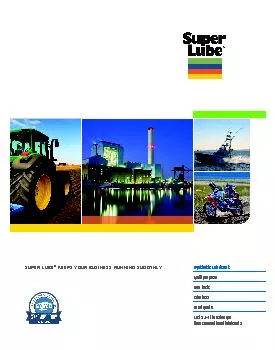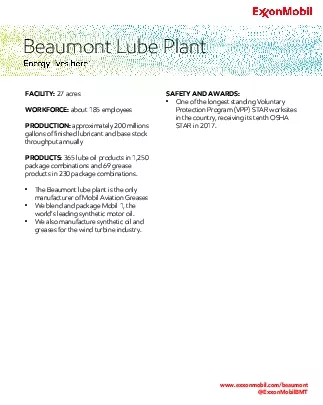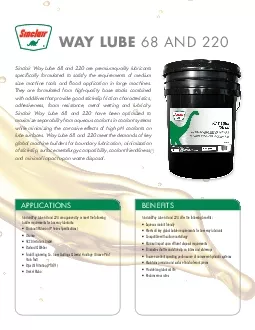PPT-Advancements in Fuel and Lube Oil Inspection Technology
Author : alexa-scheidler | Published Date : 2017-12-03
Using Shape Recognition Capacity of Dynamic Imaging to Achieve a More Accurate Analysis of Fluids Paul Obrien amp Justin Halbach JM Canty Inc Dynamic Imaging Fundamentals
Presentation Embed Code
Download Presentation
Download Presentation The PPT/PDF document "Advancements in Fuel and Lube Oil Inspec..." is the property of its rightful owner. Permission is granted to download and print the materials on this website for personal, non-commercial use only, and to display it on your personal computer provided you do not modify the materials and that you retain all copyright notices contained in the materials. By downloading content from our website, you accept the terms of this agreement.
Advancements in Fuel and Lube Oil Inspection Technology: Transcript
Download Rules Of Document
"Advancements in Fuel and Lube Oil Inspection Technology"The content belongs to its owner. You may download and print it for personal use, without modification, and keep all copyright notices. By downloading, you agree to these terms.
Related Documents

